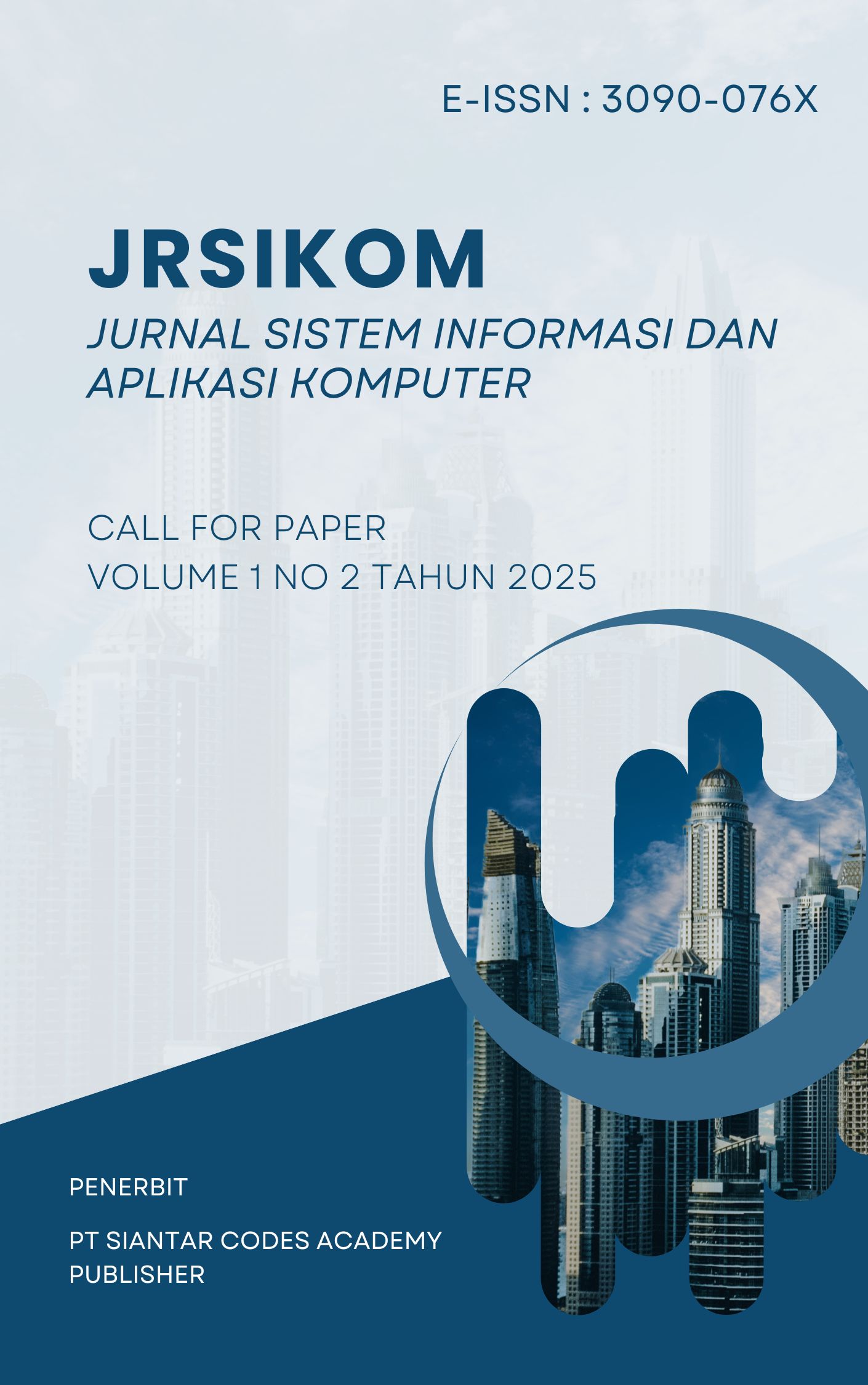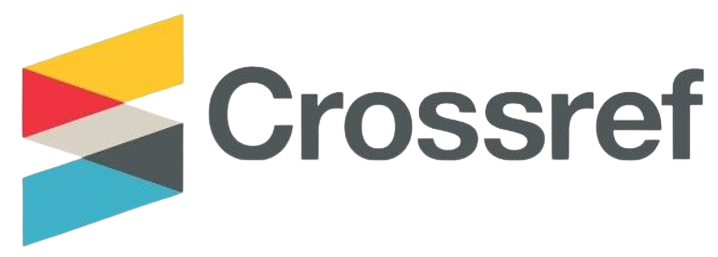Assessment of Student Learning at Nusantara Private Junior High School Tanah Jawa Using the Fuzzy Tsukamoto Method
Keywords:
Logika Fuzzy,Fuzzy Tsukamoto,Fuzifikasi,Defuzzifikasi,Sistem Pendukung KeputusanAbstract
Student learning assessment is an essential part of the educational process, aimed at determining the achievement of student competencies. However, in practice, assessments often involve elements of subjectivity, particularly in evaluating attitude and participation. Therefore, an approach capable of handling uncertainty and imprecise data is needed. This study aims to develop a student learning assessment system using the Fuzzy Tsukamoto method at Nusantara Private Junior High School Tanah Jawa. The system uses three input variables: assignment scores, exam scores, and student participation. The output of the system is categorized into four assessment levels: Poor, Fair, Good, and Excellent. The results of this study indicate that the Fuzzy Tsukamoto approach can produce outcomes consistent with teacher evaluations and help improve the objectivity of student assessments.
References
JANG, J.S.R., SUN, C.T. dan MIZUTANI, E., 1997. Neuro-Fuzzy and Soft Computing: A Computational Approach to Learning and Machine Intelligence. Upper Saddle River: Prentice Hall.
KUSUMADEWI, S., 2003. Artificial Intelligence (Teknik dan Aplikasinya). Yogyakarta: Graha Ilmu.
SUGENO, M., 1985. Industrial Applications of Fuzzy Control. Amsterdam: Elsevier Science Publishers.
ZADEH, L.A., 1965. Fuzzy Sets. Information and Control, 8(3), pp.338–353.
SETIAWAN, D., 2019. Penerapan metode fuzzy Tsukamoto untuk penilaian prestasi siswa. Jurnal Teknologi Informasi dan Ilmu Komputer, 6(2), pp.123–129.
Downloads
Published
Issue
Section
License
Copyright (c) 2025 (JRSIKOM) Jurnal Riset Sistem Informasi dan Aplikasi Komputer

This work is licensed under a Creative Commons Attribution-NonCommercial-ShareAlike 4.0 International License.







